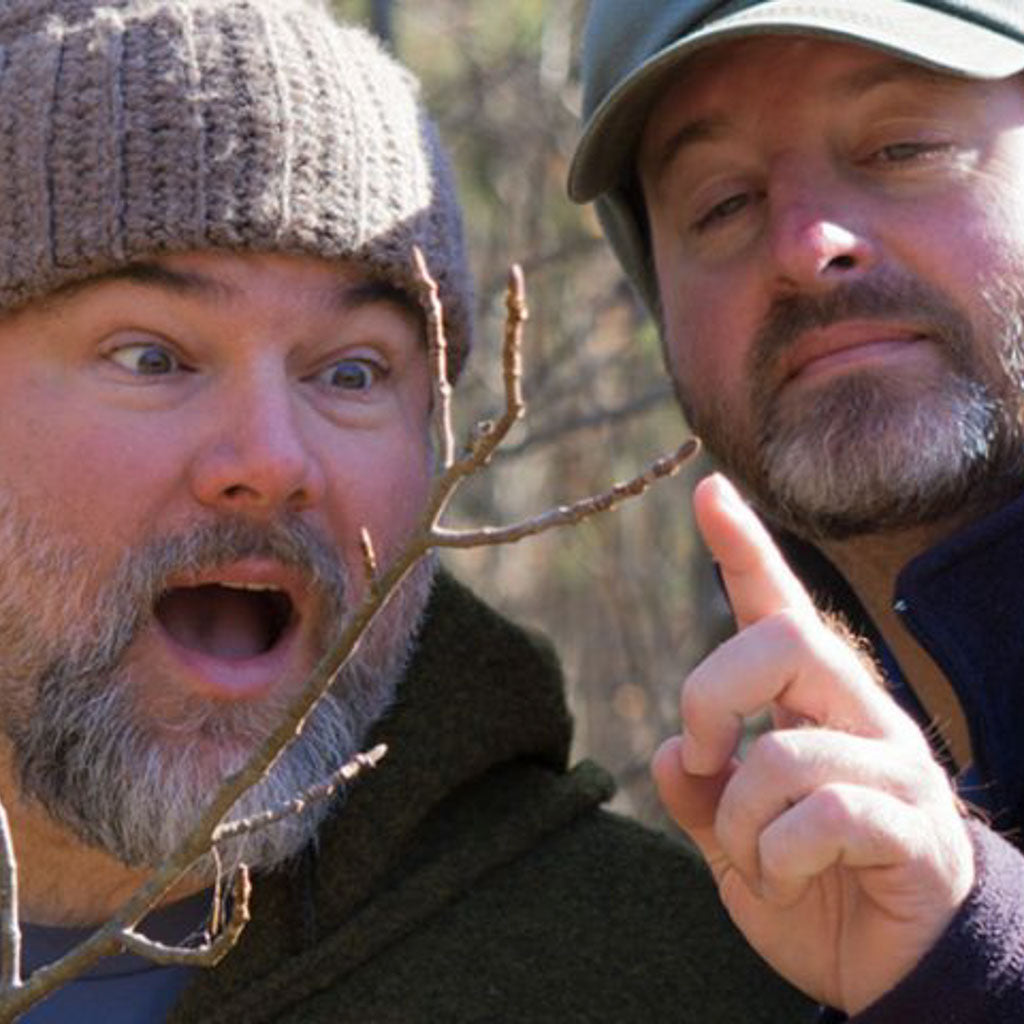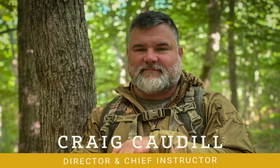
Winter Tree ID and why you should know how to do it
Identification of the various tree species should be an integral part of any outdoor person’s skill set. Here are just a few of the reasons why this is true:
- Certain tree species burn hotter (have a higher BTU content) than others. Knowing your species will make your fires more efficient and useful as both a tool for cooking, making tools, and keeping you alive should you need it.
- Certain tree species make excellent choices for tools, such as a hammer, because they are incredibly dense and therefore harder (i.e. dogwood and live oak). This makes for longer-lasting bushcraft tools, tent pegs, trap sets in which you need wood that can stand up to use.
- Recognizing your tree species can guide you to areas in which wild game are more likely to be in the area. Oak, persimmon, hickory and various other species are ones you should know because they are good places to trap and hunt for sustenance and survival needs.
There are several parts of a tree that aid in identification of any given species: Take into account the overall shape and size of the tree, bark, leaves or needles, flowers, fruits, leaf buds and twigs.
- Leaves and needles are the most-often used identifier
- The bark of the tree, including its color, appearance, depth, and configuration are good identifiers
- Fruits (which includes nuts) that is disperses
- Leaf buds which are the undeveloped shoots that usually occur at the tip of a stem
- Twigs are the slender woody shoots growing from a branch
- Leaf scars are the portion of a stem where a leaf was previously growing.
- Overall shape of the tree.
- Location of the tree
What happens when the easiest-to-use identifier (i.e. leaves) have fall and you still need, or simply want, to determine a species?
Fret not my friends, there are still many ways that are easier than you might think to do this. First and foremost, although the leaves have fallen, dont forget to look around the base of tree and see which ones are most prominent to get a good idea of the species you are near. That can be problematic in a thick canopied forest as many leaves will fall close to one another and cause confusion, wind might carry them to different locations, or similar natural occurrences.
Understanding leaf buds, leaf scars and twigs is a fantastic practice to get into when you want to identify trees in the winter time. In the following video NRS Director Craig Caudill interviews fellow NRS instructor Tracy Trimble on how to go about doing this. In this video Tracy goes through 10 species of common trees and the differentiating characteristcs of each. If you look below this video you will also see the tools that Tracy describes, as well as the two very easy-to-use reference tools you can take afield.
Here are items mentioned in the video:
- Magnifying glass
- Magnifying glass with light
- A beginner’s guide to Winter Tree Identification. Click the link for a simple-to-use resource.
- A more in-depth book for deeper understanding and use.
If you are a big fan of stems, bark and all things wood related then check out this interesting blog piece: How much is a cord of wood.
 Craig Caudill is the Founder and Chief Instructor of Nature Reliance School. He specializes in teaching outdoor related topics to include, survival, tracking, nature awareness and gun safety for private and public groups, and government agencies. Craig’s first book is Extreme Wilderness Survival from Page Street Publishing, distributed by Macmillan Publishing. Craig’s second book, Ultimate Wilderness Gear, is coming in July 2018 and can be pre-ordered now!
Craig Caudill is the Founder and Chief Instructor of Nature Reliance School. He specializes in teaching outdoor related topics to include, survival, tracking, nature awareness and gun safety for private and public groups, and government agencies. Craig’s first book is Extreme Wilderness Survival from Page Street Publishing, distributed by Macmillan Publishing. Craig’s second book, Ultimate Wilderness Gear, is coming in July 2018 and can be pre-ordered now!
Craig is a also frequent contributor to TV outlets, blog sites, magazines and is a popular online outdoor educator on his YouTube channel. Pick up the books, subscribe to him on youtube, or join Craig in a class so he can help you be more safe and aware in the outdoors.
Share This


Leave a comment